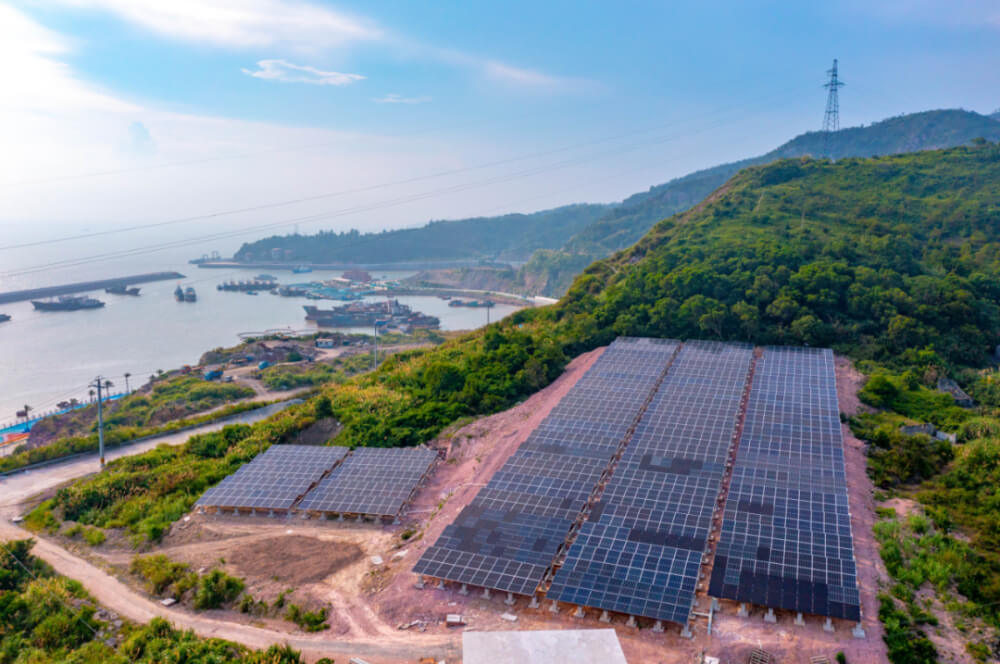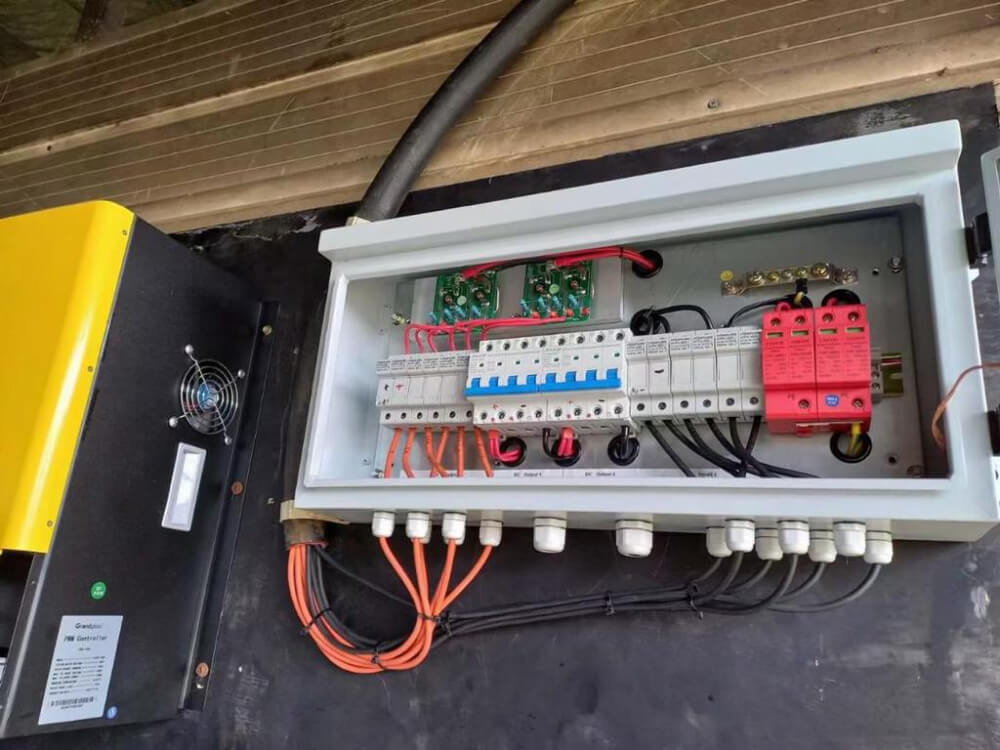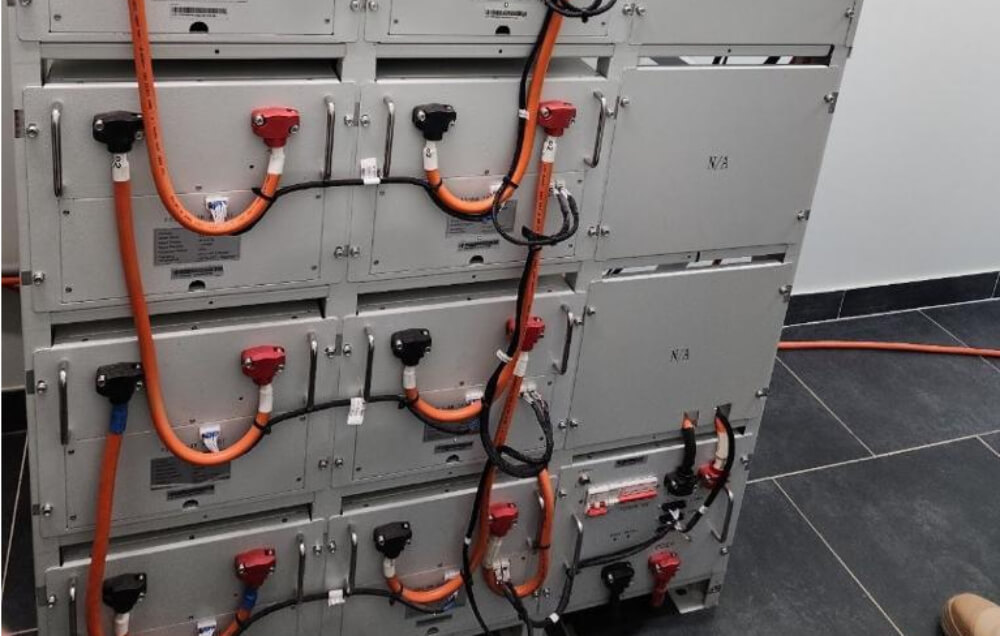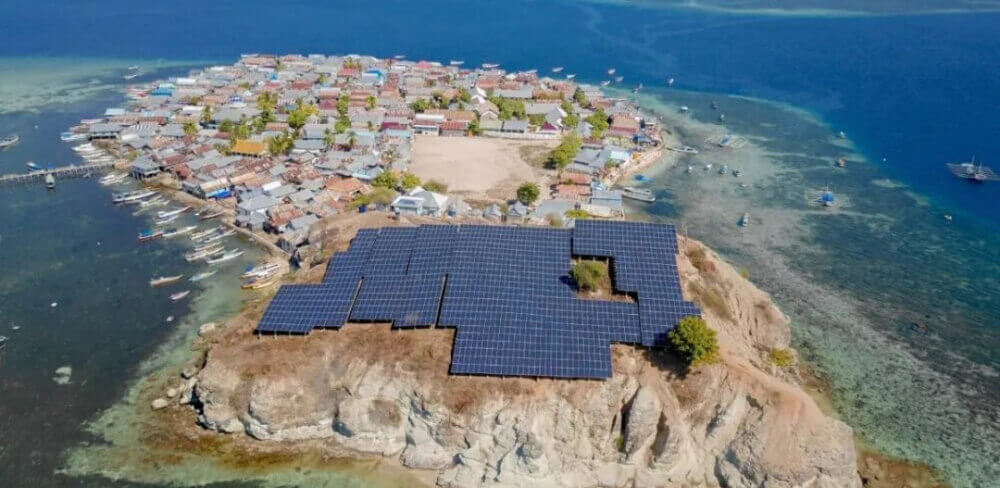60KW solar power generates electricity for villages in Solomon Islands
 namkoo solar
namkoo solar
The small island nation of the Solomon Islands is located in the Pacific Ocean and has a population of around 600,000 people. The majority of the population lives in rural areas where there is little access to reliable electricity.

One village, in particular, is located on the outskirts of the capital city, Honiara. This village is home to around 200 people who rely on kerosene lamps and candles for lighting at night. The lack of electricity also means that they cannot power basic appliances such as refrigerators or fans, making daily life difficult, especially during the hot summer months.
Recently, a non-profit organization that focuses on providing sustainable energy solutions in developing countries has taken an interest in this village. They have conducted a feasibility study and found that installing a solar system would be a viable solution.
The solar system would consist of solar panels mounted on the roofs of houses and a battery storage system to store excess energy. The system would be designed to provide enough electricity to power basic appliances such as lights, fans, and refrigerators. The excess energy could also be sold back to the grid, providing a source of income for the villagers.

The solar system installation would consist of the following equipment:
200 solar panels with a total capacity of 60 kW
20 inverters to convert the DC energy produced by the solar panels to AC energy
40 battery storage units with a total capacity of 120 kWh

The installation process would take approximately two weeks, with a team of four trained technicians performing the work. The installation would involve mounting the solar panels on the roofs of the houses, installing the inverters, and connecting the battery storage units to the system. The technicians would also provide training to the villagers on how to use and maintain the system.
The total cost of the installation would be approximately $100,000 USD, which would be funded by the non-profit organization. The organization would also provide ongoing support and maintenance for the system to ensure that it continues to operate efficiently.
Once the system is installed, it is estimated that it would provide enough electricity to power the basic appliances in the village for up to 6 hours per day. The excess energy generated by the system could also be sold back to the grid, providing a source of income for the villagers. Overall, the installation of this solar system would provide the village with a sustainable and reliable source of electricity, improving their standard of living and reducing their reliance on traditional and unsustainable energy sources.

The benefits of this solar system would be numerous. The villagers would have access to reliable and affordable electricity, improving their standard of living and reducing their reliance on traditional and unsustainable energy sources. The solar system would also reduce the village's carbon footprint, helping to combat climate change, which is a growing concern in the Solomon Islands due to rising sea levels and increased frequency of extreme weather events.
Overall, installing a solar system in this village in the Solomon Islands would be an excellent way to provide sustainable energy solutions to a community that needs it while also contributing to global efforts to reduce carbon emissions.



































